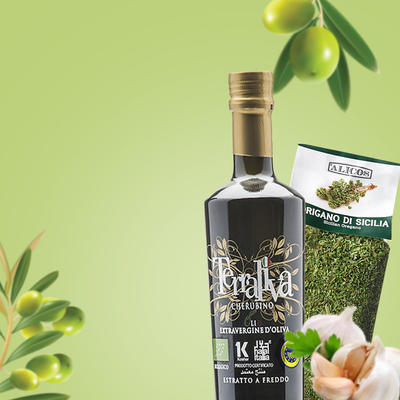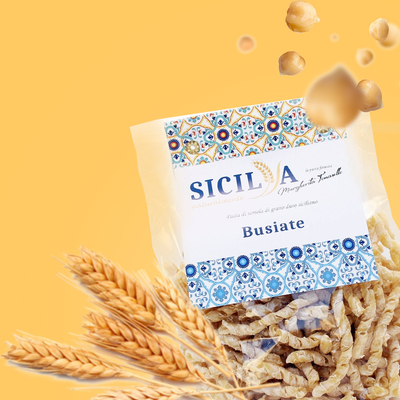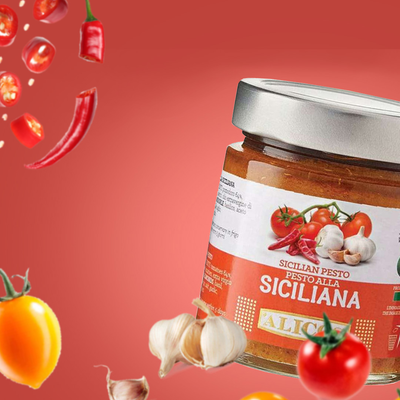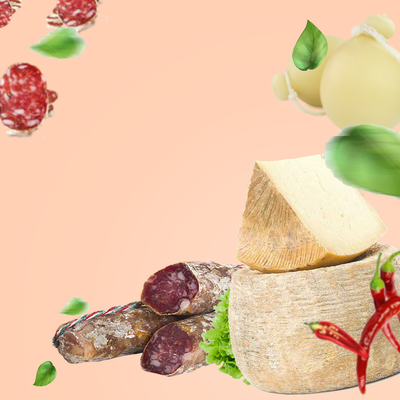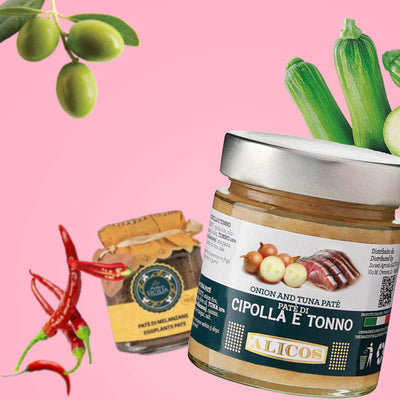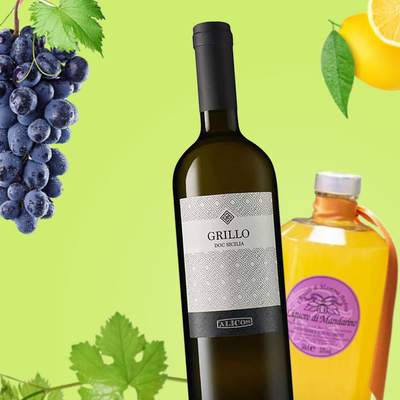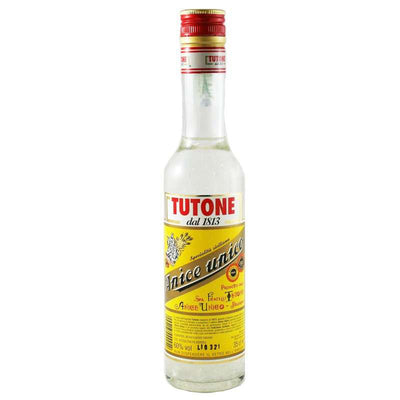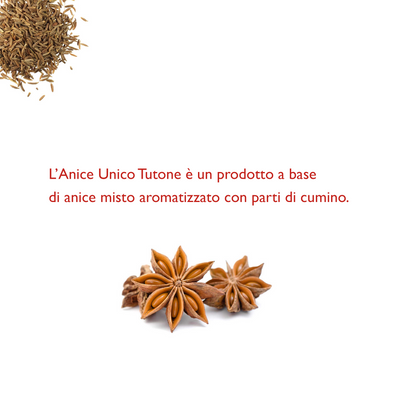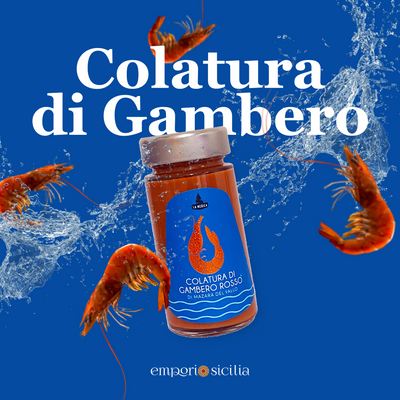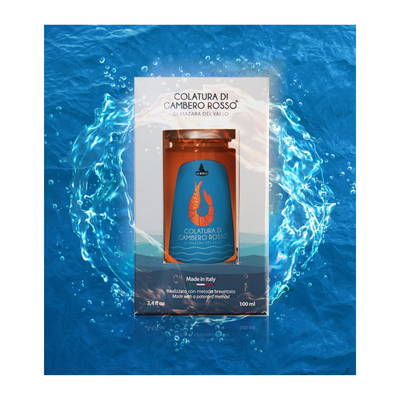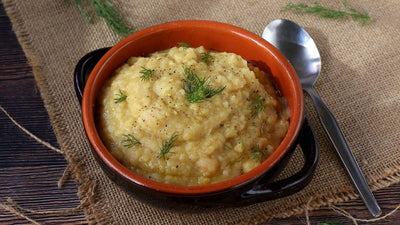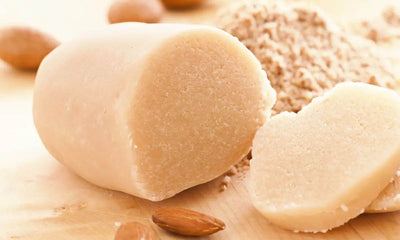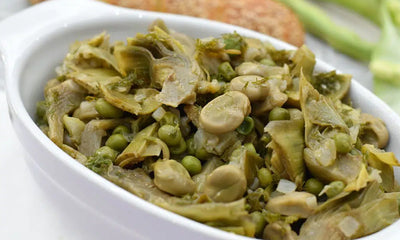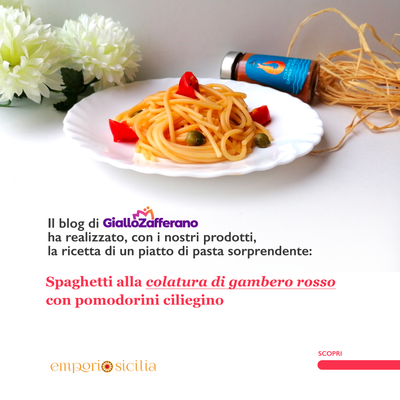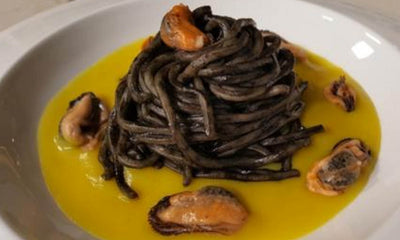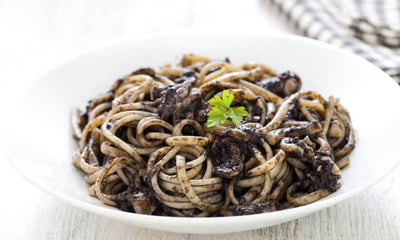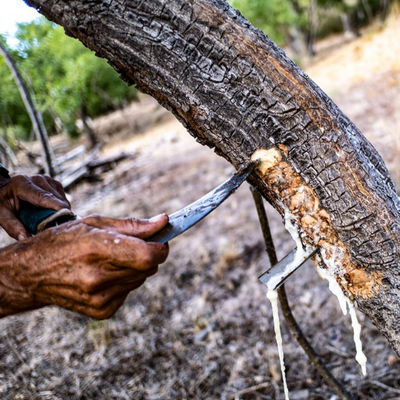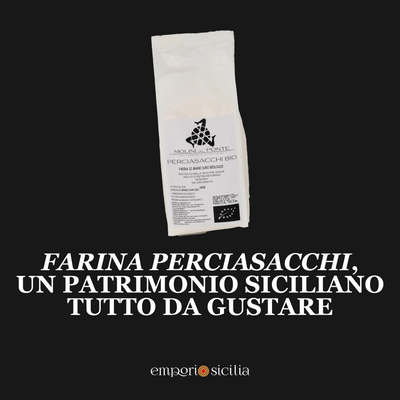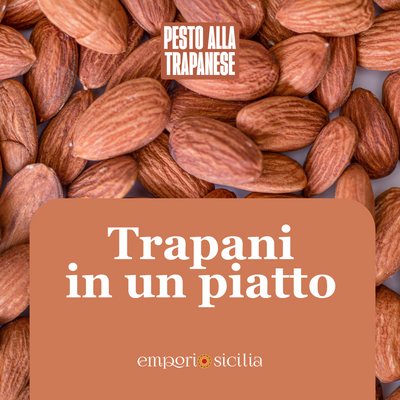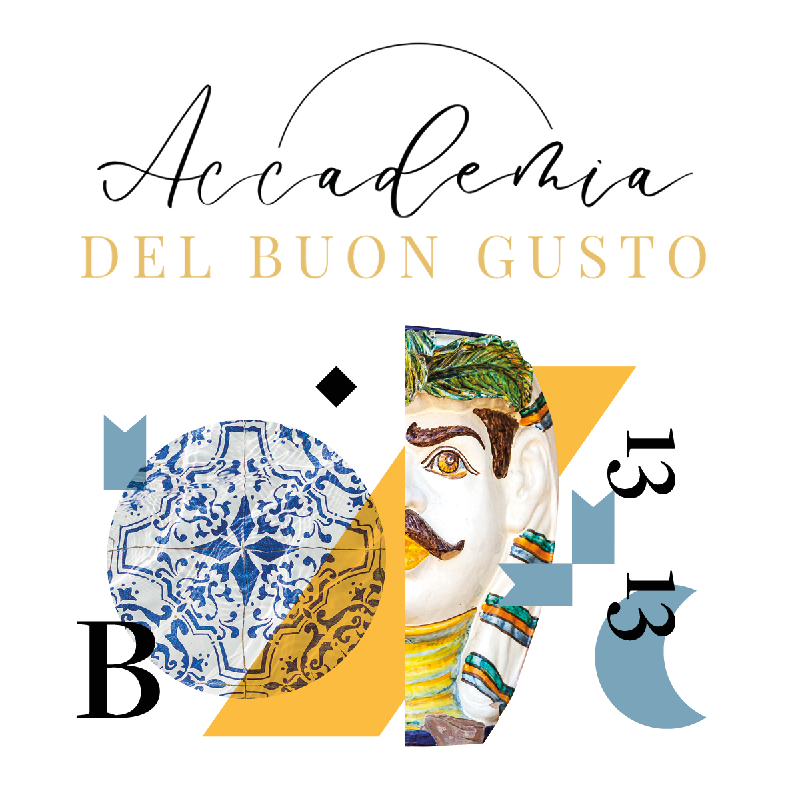In Palermo an abbanniana announces the arrival of the lapino du sfincionaro : I'm talking about the street vendor who, from his ape car, loudly recommends buying a sfincionaro . Abbanniare means, more or less, declaiming with shouts, between singing and rhyming, to make the goods to be sold more attractive.
And sfincione is not a pizza : sfincione is sfincione. It falls into the category of poor foods created for festive moments: a simple focaccia bread made more delicious by the addition of a substantial seasoning, but created with poor raw materials.
Sfincione , like sfinci . To name just a couple, the sfinci di San Giuseppe, or those with honey (ammilati), are known. The origin of the name is Latin: spongia (sponge). It is, in fact, a spongy, soft and porous dough, therefore high.
The sfincione and its variations.
The sfincione is not the same everywhere. In fact, in addition to the one in Palermo, we find that of Bagheria, Monreale, San Martino delle Scale and Corleone. The diversity of these variations lies mainly in the dough and the seasoning ( the conza ).The correct name for the street sfincione is sfincione : a thing in itself, decidedly different from all the others. This sfincionello , whose recipe is secret, is also the great protagonist of traditional takeaways. The diminutive makes it so familiar to us that we feel the urgency of having it in our hands immediately. As soon as its scent invades us and follows us, or when we hear the call of the sfincionaro , the power of good cuisine and tradition comes forward. Then we can't pretend nothing happened!
My father educated me on the correct consumption and adequate preparation of sfincione and sfincionello . His words still ring in my ears: “These are serious, sacred things! It shouldn't be made with pizza dough, you have to cook it like it used to be. The conza must have more onion than tomato, which, in turn, must not be acidic but very sweet".
The seasoning (or conza ) of sfincione
The sfincione condiment ( the conza ri sfincione ) , albeit with some variations, is very popular for the many focaccias typical of the different areas of the island. Not only that, it can also be combined with other dishes and obtain delicious dishes: with potatoes, artichokes, sardines, cod and minced meat. A wild condiment with a pungent, sweet and enveloping taste. An ode to the onion. A sublime sauce that exalts and conquers, enjoyable and digestible.With potatoes
If you want to indulge, you can use the sfincione seasoning with the potatoes . Once lightly boiled and cut into slices, you can finish cooking by putting them in the oven and spreading a little conza on top. Or, you can choose to boil them, mash them and season them with flour (as happens with gnocchi) and put them in the oven with the seasoning poured on top (or, as we would say here in Sicily, with the conza 'ncapo ). But this condiment can also be used as a filling for potato gateau ( gatò or gratit ), perhaps with the addition of a few slices of artichoke in the middle. Here is the entrance on the scene of the thorny and superlative flower! The artichokes are divine together with the sfincione : cut into slices of the right thickness, cooked in a casserole or steamed, spread on a baking tray and covered with the sauce.With fish
With fish , sardines and cod win. The first ones are opened like a book and layered with the seasoning, to create a pie. The second is desalted for three days, dried, lightly floured and fried. Spread it out on the baking tray and cover it with sfincione seasoning ( conza ). In both cases you will enjoy intense and decisive flavors which, with the excuse of the lightness of the fish meat, create a certain addiction.With minced meat
And the minced meat? Choose a mix of beef and pork , season it as if you were making meatballs, perhaps the older and sweeter ones with the addition of passilina and pine nuts . Spread it high on the baking tray, like a slice, and add plenty of seasoning.SFincione seasoning: the same for everyone?
Of course, we find small variations from house to house. What all these variations have in common is the presence or absence of capers and black olives, or the addition of potatoes for the cod. Inevitable, however, are sardines or anchovies in salt or oil, breadcrumbs, oregano and caciocavallo, both fresh and seasoned. If these ingredients weren't there to enhance the flavor of the onion, white or golden, what kind of waste would it be?
Making the sfincione dough is not difficult, but not a walk in the park either. The certain thing is that it is not prepared in a short time, unlike the seasoning, which gives you the opportunity to vent your cravings even at the last minute.
Ingredients for the dough
- 250 g of sifted Manitoba or 0 flour
- 250 g of re-milled durum wheat semolina
- 250 ml of warm water
- 12 g of fresh yeast for a quick rise or 5 g for a slow rise (in the fridge)
- 10 g of salt
- ½ tablespoon granulated sugar (about 10 g)
- ½ glass of extra virgin olive oil (about 80 g) or 50 g of lard (according to an ancient recipe)
Procedure for the dough
Prepare the yeast . Dissolve the sugar in half a glass of warm water (around 35°) and crumble the yeast. Let it rest for about 5'-10' to activate it; you will see that the foam will emerge on the surface and you will also hear a fizzing noise. In a large, high-sided bowl, combine the flours . Place the yeast in the center and start kneading, gradually adding the remaining water with the salt and the oil (if you use lard, try to add it especially when the dough is more formed, being careful to mix it well).
Try to throw the flours on the yeast . Knead and turn the dough on itself until you obtain a soft, elastic and well-blended dough. Avoid crushing the dough, rather work it to give it volume. In particular, if you use lard, the dough will be stickier. You will have to knead for at least 15'. At this point you will notice the rising bubbles.
Place the dough in an oiled bowl, cut the surface with two cross cuts , cover with cling film and place in a warm place away from drafts, covering with a cotton cloth.
I recommend using the oven as a leavening chamber
If, however, you prefer a long leavening, use 5 g of yeast and place the dough in the lower part of the refrigerator for 18-24 hours. When the time comes, take it out and put it in a warm place, waiting an hour before working with it again.
Once it has risen, put the dough back on the pastry board, deflate it and proceed with the dough again for 5 minutes. Let it rise further for an hour following the same instructions as for the first leavening. Now, in a pan well greased with oil, roll out the dough with your hands, without pressing it, bringing it to a thickness of approximately 2 cm. Make dimples in the dough and place the anchovy pieces . Let it rise for 30'.
Turn on the oven at 200-220° static. Place pieces of caciocavallo , place the seasoning on top and proceed as in the recipe described. Grease with oil and bake for approximately 25'-30' minutes. The dough will have to rise and become soft. Always check that it does not burn and, if necessary, cover with aluminum foil at a certain point during cooking. Serve the sfincione warm or cold, with a sprinkling of oregano and adding more cheese and oil .
Seasoning ingredients
- 1 kg mixed, golden and red onions
- 5 tablespoons of Evo Oil
- 40 g of drained anchovy fillets in oil
- 70 g of tomato paste
- ½ tablespoon granulated sugar
- Water to taste
- Oregano to taste
- Plenty of leftover breadcrumbs
- salt
- Freshly ground black pepper to taste
- 100 g of fresh caciocavallo cut into thin strips
- 100 g of grated caciocavallo
- ½ tablespoon of Capers
- Black olives (optional)
Seasoning procedure
Cut the onions into thin slices. Set aside about ten anchovies and melt the rest in a pan with the oil, using a spoonful of water. Once melted, add the onions and cook with the lid on for half an hour over a low heat, stirring often.
In the meantime, dissolve the tomato paste with hot water and, once the time has passed, pour it into the saucepan. Add the sugar and hot water, so that it just covers the onions. Continue cooking for an hour, stirring often, always with the lid on and over a low heat. Season with salt and pepper and let cool.
Chop the rest of the anchovies and distribute them with part of the fresh caciocavallo over whatever you have decided to prepare (vegetables, fish, meat, or dough). Pour the onion sauce over it, sprinkle it with the rest of the fresh caciocavallo cheese, distribute the capers and sprinkle with the grated cheese and plenty of breadcrumbs . Also add the olives , dipping them here and there into the conza .
At this point, pour a handful of breadcrumbs into the pan where you previously cooked the onions. This way, you can collect every remnant of the magnificent sauce! Complete with plenty of oregano and with a final gesture that makes the difference: lightly press the seasoning towards the bottom of the pan. Repeat this operation over and over again.
Cook your dish in the oven for the necessary time and enjoy it warm. With these doses you can cover a large baking tray, in any case, if you have leftover onion sauce, know that, being rich in natural preservatives, it will keep in the fridge for several days .
Enjoy your meal, in the name of ancient tradition and family warmth.



